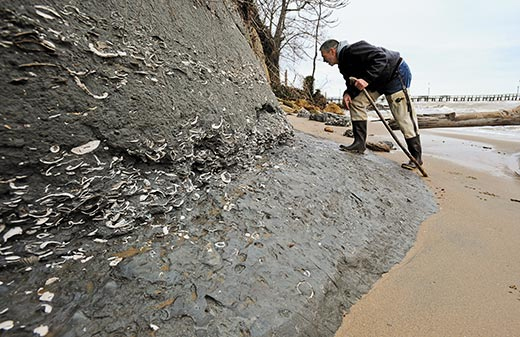NSF Q&A with Robert Hazen
 In June 2017, Robert Hazen participated in a question and answer with NSF's Rob Margetta on deep carbon science, data-driven discovery, and the future of interdisciplinary science.
In June 2017, Robert Hazen participated in a question and answer with NSF's Rob Margetta on deep carbon science, data-driven discovery, and the future of interdisciplinary science.
About deep carbon, Hazen says: "Ninety percent of Earth's carbon is beneath Earth's surface, in hidden reservoirs. We're not exactly sure what those look like or how much carbon is down there, because it is stored in various forms and moves around as part of a deep carbon cycle. However, important exchanges between carbon on the surface and the deep interior happen through a process called subduction, driven by plate tectonics, and through volcanism and other processes. We really have to understand those aspects of the carbon cycle."
Hazen also describes his vision for the future of science, which he thinks will rely on early career researchers and big data resources that allow anyone with a laptop to be a scientist. "We see an opportunity to build an international network of early career scientists immersed in this idea of cross-disciplinary science. Imagine when our vision for a vast data network is in place, with open access and new data tools -- as long as you have a laptop and internet access you can make discoveries. This is such a democratic approach to science. You don't need expensive equipment located in one place in the world. Data sharing could open science to people regardless of their economic and physical environments."
Read the full interview here.

